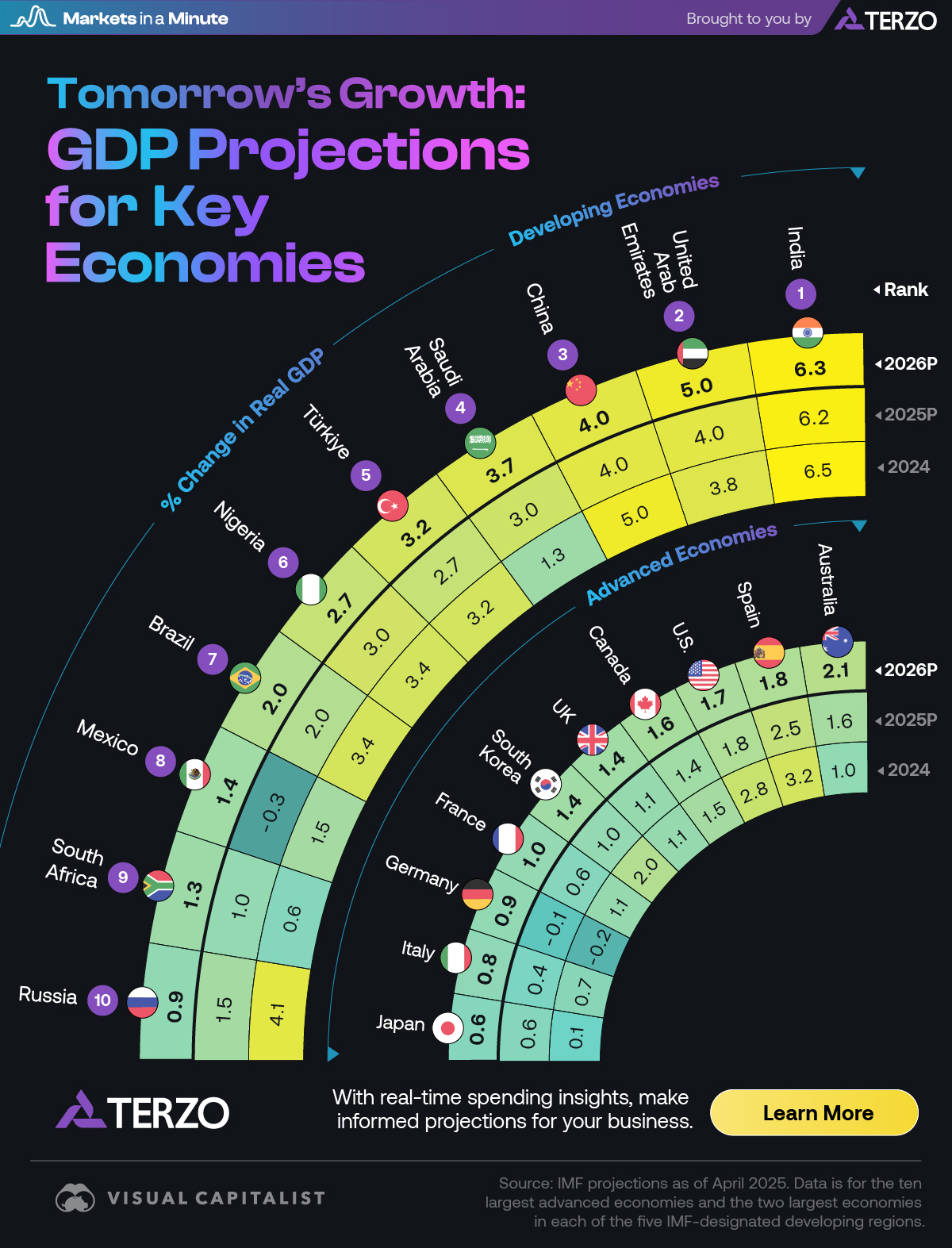City of Bend Launches Climate Action Partner Grant Program to Advance Sustainable Development Goals
Introduction
The City of Bend has initiated a new Climate Action Partner Grant Program, inviting applications from nonprofit organizations and government entities. The application period is open until September 21. This program is a key implementation mechanism for the city’s Community Climate Action Plan (CCAP), which provides a strategic roadmap for reducing fossil fuel dependency and achieving municipal climate objectives.
Program Objectives and SDG Alignment
The grant program is designed to fund projects that directly contribute to local and global sustainability targets. Its core objectives are intrinsically linked to several United Nations Sustainable Development Goals (SDGs).
- SDG 13: Climate Action: The program’s primary goal is to reduce local greenhouse gas emissions and strengthen the community’s resilience to the impacts of climate change. Funded projects will directly support urgent action to combat climate change.
- SDG 11: Sustainable Cities and Communities: By empowering local partners to implement climate solutions, the initiative aims to create a healthier, more resilient, and sustainable urban environment for all residents.
- SDG 7: Affordable and Clean Energy: A central focus of the underlying Community Climate Action Plan is the reduction of fossil fuel use, encouraging a transition towards cleaner energy sources.
- SDG 17: Partnerships for the Goals: The program is founded on a collaborative model, fostering partnerships between the city government and community organizations to achieve shared climate and sustainability goals. As stated by Councilor Megan Norris, the city’s climate action goals cannot be achieved in isolation.
Funding and Eligibility
The program’s financial and eligibility parameters are as follows:
- Total Budget: A total of $150,000 is available for the inaugural grant cycle.
- Funding Requests: There is no specified restriction on the amount that an individual applicant can request.
- Eligible Applicants:
- Nonprofit organizations
- Government entities, including colleges and universities
Application Process and Resources
The City of Bend has provided comprehensive resources to support potential applicants.
- Application Portal: An official application form is available online.
- Informational Website: A dedicated grant program website details eligible project types, provides project examples, outlines the review process, and includes a Frequently Asked Questions (FAQ) section.
- Information Sessions: Two virtual information sessions will be hosted to provide an overview of the program and address applicant inquiries. Registration details are available on the program website.
1. Which SDGs are addressed or connected to the issues highlighted in the article?
-
SDG 13: Climate Action
- The article’s central theme is the City of Bend’s “Climate Action Partner Grant Program,” which directly aims to “help reduce greenhouse gas emissions and strengthen our community’s resilience to climate change.” This aligns perfectly with the core objective of SDG 13. The “Community Climate Action Plan” is mentioned as the guiding document for these efforts.
-
SDG 17: Partnerships for the Goals
- The article emphasizes collaboration as a key strategy. It states, “By working together with local partners, the City hopes to support projects that protect our environment.” The grant program is specifically designed for “nonprofit organizations and government entities,” showcasing a multi-stakeholder partnership approach, which is the essence of SDG 17.
-
SDG 11: Sustainable Cities and Communities
- The initiative is a city-level program aimed at creating a “healthier, more sustainable future for everyone” in Bend. The focus on a “Community Climate Action Plan” and reducing emissions within the city directly contributes to making the urban environment more sustainable and resilient, a key goal of SDG 11.
2. What specific targets under those SDGs can be identified based on the article’s content?
-
Target 13.1: Strengthen resilience and adaptive capacity to climate-related hazards
- The article explicitly states a program goal is to “strengthen our community’s resilience to climate change” and enhance the “community’s ability to adapt to climate impacts.” This directly corresponds to the language and intent of Target 13.1.
-
Target 13.2: Integrate climate change measures into policies, strategies and planning
- The City of Bend has developed and is implementing its “Community Climate Action Plan,” described as a “community-driven road map that outlines strategies and actions to reduce fossil fuel use.” This represents the integration of climate measures into local-level planning, aligning with Target 13.2.
-
Target 17.17: Encourage and promote effective public, public-private and civil society partnerships
- The grant program itself is a mechanism for this target. The city is actively funding and inviting “nonprofit organizations and government entities (including colleges and universities)” to partner in climate action. The statement, “We know the City can’t achieve our climate action goals alone,” underscores the commitment to partnerships.
-
Target 11.b: Substantially increase the number of cities and human settlements adopting and implementing integrated policies and plans towards… mitigation and adaptation to climate change, resilience to disasters
- The article focuses on Bend’s “Community Climate Action Plan,” which is an integrated plan for climate mitigation (“reduce fossil fuel use”) and adaptation (“enhance our community’s ability to adapt to climate impacts”). This is a direct example of a city implementing the kind of plan described in Target 11.b.
3. Are there any indicators mentioned or implied in the article that can be used to measure progress towards the identified targets?
-
Reduction in Greenhouse Gas Emissions (Implied Indicator for Target 13.2)
- The primary goal of the program is to “help reduce greenhouse gas emissions.” Progress can be measured by tracking the total reduction in emissions resulting from the funded projects. This aligns with Indicator 13.2.2 (Total greenhouse gas emissions per year).
-
Existence of a Local Climate Action Strategy (Explicit Indicator for Target 13.1/11.b)
- The article explicitly mentions the “Community Climate Action Plan.” The existence and implementation of this plan serve as a direct indicator of the city’s commitment to integrating climate action into its governance, aligning with indicators like 13.1.2.
-
Financial Commitment to Partnerships (Explicit Indicator for Target 17.17)
- The article specifies the financial resources allocated to the partnership program: “A total budget of $150,000 is available.” This monetary value serves as a concrete indicator of the city’s investment in multi-stakeholder partnerships for climate action, aligning with Indicator 17.17.1.
4. Create a table with three columns titled ‘SDGs, Targets and Indicators” to present the findings from analyzing the article.
| SDGs | Targets | Indicators |
|---|---|---|
| SDG 13: Climate Action | 13.1: Strengthen resilience and adaptive capacity to climate-related hazards.
13.2: Integrate climate change measures into policies, strategies and planning. |
Existence and implementation of the “Community Climate Action Plan.”
Reduction in greenhouse gas emissions (implied metric for funded projects). |
| SDG 11: Sustainable Cities and Communities | 11.b: Substantially increase the number of cities and human settlements adopting and implementing integrated policies and plans towards… mitigation and adaptation to climate change, resilience to disasters. | The “Community Climate Action Plan” as an integrated policy for the City of Bend. |
| SDG 17: Partnerships for the Goals | 17.17: Encourage and promote effective public, public-private and civil society partnerships. | Financial commitment of “$150,000” for the Climate Action Partner Grant Program. |
Source: ktvz.com







